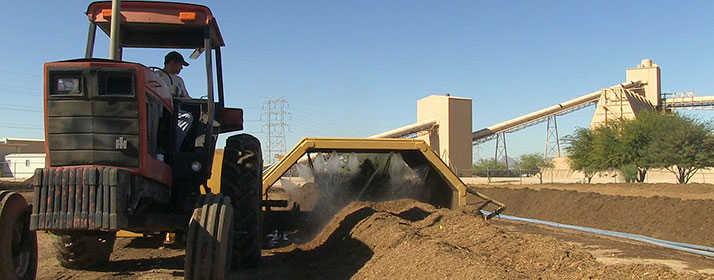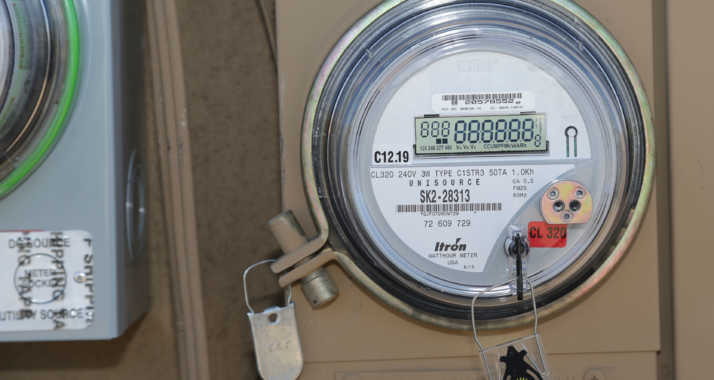

Properly sealing and insulating your facility’s exterior — the walls, ceiling, windows, doors, roof, floors and even skylights — is an easy, cost-effective way to improve energy efficiency and comfort. Your building’s exterior protects the climate-controlled indoor environment from outside elements.
Seal Doors and Windows
Doors and windows that don’t close completely let conditioned air escape and allow outside air to enter your building. Here are a few tips to tighten up your doors and windows:
- Repair doors and windows that don’t close. A double-hung window may be missing the lock that keeps the upper sash closed. Outside doors that don’t close completely may need to be refitted or rehung.
- Adjust automatic door closers. Closers may shut the door slowly or not completely. Often a simple adjustment can be made with a screwdriver.
- Close gaps. Air and energy dollars escape from gaps where doors meet, where parts of windows meet, and where doors and windows meet the walls. Use the proper type of caulking or weather stripping to seal cracks around doors and windows, between the foundation and wall, and in other openings for electrical or communication lines.
Let the Heat In
Nearly 50 percent of heat that enters your building comes in through the windows. In the winter, remove shade screens and other window treatments to let the natural heat into your building. In the summer, utilize shade screens and awnings to keep the heat outdoors.
As the seasons change and you transition from cooling to heating, another easy way to reduce energy costs is to adjust your thermostat settings:

For more information on energy efficiency, visit www.tep.com/efficiency.






